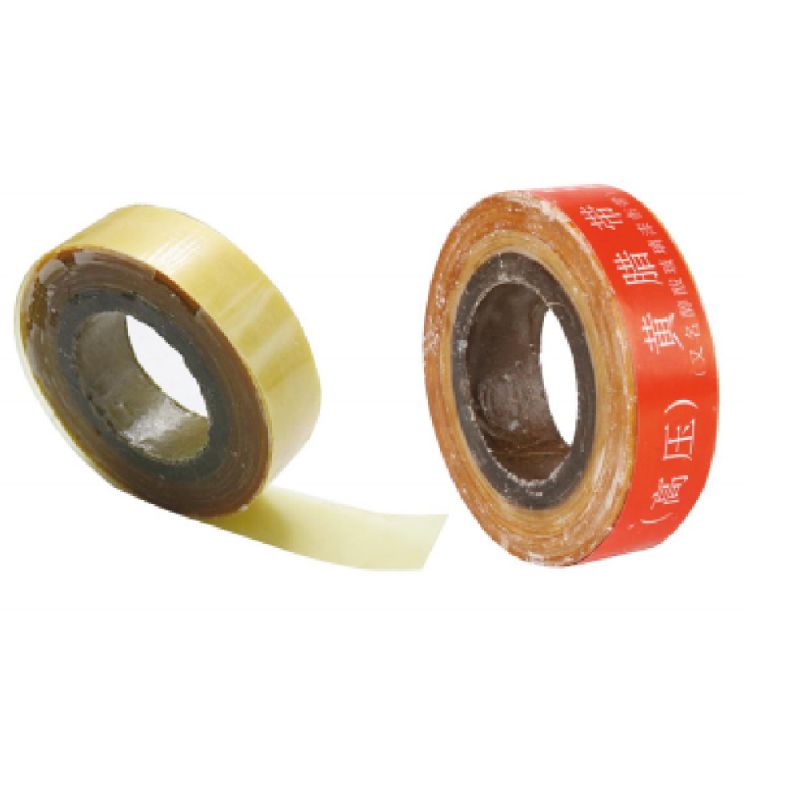Understanding Butyl Rubber Roll Properties, Applications, and Benefits
Butyl rubber, also known as isobutylene-isoprene rubber (IIR), is a synthesized rubber that has gained tremendous popularity across various industries due to its unique properties and versatility. Among its many forms, butyl rubber rolls are particularly significant as they provide a convenient way to utilize this material in a variety of applications.
Properties of Butyl Rubber
Butyl rubber is characterized by its excellent air impermeability, making it ideal for applications where gas barrier properties are crucial. Its resistance to wear and aging further enhances its utility, granting a long service life even in challenging environmental conditions. Moreover, butyl rubber is chemically inert, which means it can withstand exposure to many chemicals without degrading. This property is especially important in industries where rubber products come into contact with oils, fuels, or other aggressive substances.
Another remarkable feature of butyl rubber is its ability to maintain flexibility at low temperatures. This characteristic allows it to be used in cold climates without risking brittleness or cracking. Additionally, butyl rubber has good sound and vibration dampening properties, making it an excellent choice for applications in automotive and construction sectors.
Applications of Butyl Rubber Rolls
The versatility of butyl rubber rolls lends itself to a wide range of applications. One of the most common uses is in automotive inner tubes and tires. The air retention properties of butyl rubber significantly enhance tire performance, offering better fuel efficiency and safety due to improved pressure retention.
butyl rubber roll

Butyl rubber rolls are also extensively used in the medical industry, where they serve as seals for medical devices and in the manufacturing of various drug delivery systems. In construction, butyl rubber is utilized for waterproofing applications, roofing membranes, and seals, effectively preventing water ingress in buildings and other structures.
Moreover, the HVAC industry employs butyl rubber rolls for insulation purposes, taking advantage of their thermal stability and sound-insulating capabilities. These rolls can be used to wrap pipes, ducts, and other surfaces to minimize heat loss and reduce noise, which contributes to overall energy efficiency.
Benefits of Using Butyl Rubber Rolls
The use of butyl rubber rolls provides several significant benefits. Firstly, their durability and resistance to environmental factors reduce maintenance costs and extend the lifespan of products made with butyl rubber. Additionally, the flexibility and strength of these rolls allow for easy application and handling, making them user-friendly.
Another advantage is their excellent sealing properties. Butyl rubber can create airtight seals, which is critical in many applications, especially those involving gases or liquids. This characteristic not only ensures optimal performance but also enhances safety and security in various systems.
Furthermore, butyl rubber's insulating properties contribute to energy conservation in buildings and vehicles, helping to reduce overall carbon footprints and promoting sustainability.
In conclusion, butyl rubber rolls are a vital material in numerous industries, offering a compelling combination of properties and benefits. Their unique characteristics, such as air impermeability, flexibility, and durability, make them indispensable in automotive, medical, construction, and HVAC applications, among others. As industries continue to advance, the relevance of butyl rubber is only set to grow, underscoring its importance in innovative manufacturing and sustainable practices.
-
XIANGFAN Rubber Tape-Ultimate Solutions for All Your Insulation NeedsNewsJun.24,2025
-
XIANGFAN Rubber Tape-Protection for Industrial and Residential ApplicationsNewsJun.24,2025
-
XIANGFAN Rubber Tape: Superior Safety and Sealing for Demanding EnvironmentsNewsJun.24,2025
-
XIANGFAN Rubber Tape: Reliable Solutions for Every Electrical ChallengeNewsJun.24,2025
-
XIANGFAN Electrical & Industrial Tape: Powering Reliability Across IndustriesNewsJun.24,2025
-
XIANGFAN Electrical & Industrial Tape: Excellence in Every ApplicationNewsJun.24,2025
